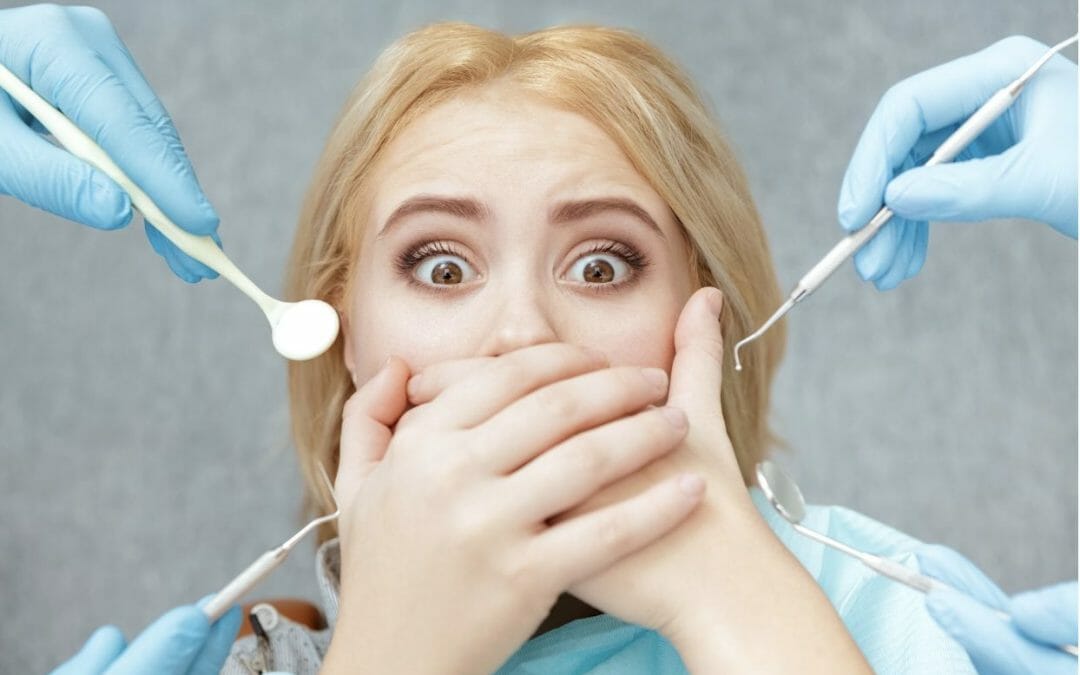Reasons for a Tooth Extraction
There are various reasons someone might need a tooth removed. Gum disease is one of them. It can make the gums pull back from the teeth, sometimes leading to losing teeth. Pulling out the tooth may be needed to prevent infection and keep the nearby teeth and gums safe. With orthodontic treatment, there’s another reason for taking out teeth. Sometimes, removing some teeth is necessary so there’s enough room for other teeth to move into place correctly. This helps get a nicer smile and better oral health. Wisdom teeth, or third molars, often don’t have enough space in your mouth to come in properly, which can hurt, cause infections, or harm other nearby teeth. Taking these wisdom teeth out can dodge these issues and help keep your mouth healthy. It is essential to be prepared and follow proper aftercare routines to ensure smooth healing.
Preparing for Your Tooth Extraction
If you need more than a simple extraction, like surgery, your dentist might refer you to an oral surgeon experienced in these operations. This expert will discuss using local anesthesia so you will not feel pain in the impacted area of your mouth.
Before this starts, let them know if any medications could mess up the healing process. Some can cause problems with blood clotting, which is essential for getting better after having a tooth taken out. Your dentist may suggest changes regarding those medications before proceeding.
Step-by-Step Guide to the Tooth Extraction Process
Pulling a tooth out involves several steps, starting with your first visit to the dentist and continuing through the aftercare process.
Step 1: Consultation and Examination
The first thing you should do when getting a tooth pulled out is have a checkup with your dentist. This step helps the dentist assess if your mouth is healthy, discuss why you need the tooth removed, and review what will happen during the process.
At this time, your dentist will want to know about any past dental work or issues you’ve had. They might also take some X-rays to see exactly where the tooth is and what’s around it. This part is especially key for wisdom teeth or third molars that might be challenging to remove.
Step 2: Anesthesia Options and Administration
After looking at your teeth and talking things over, the dentist will explain how to ensure you’re comfortable and don’t feel pain when they pull out your tooth.
Local anesthesia is a common way to do this. The dentist numbs the area where your tooth will be pulled by injecting medicine that stops you from feeling anything there.
If pulling out your tooth seems tricky or going to the dentist makes you anxious, taking some medication beforehand can help, too. This could mean swallowing a pill or getting meds through an IV that puts you in a calm.
Step 3: The Extraction Procedure
After the anesthesia kicks in, your dentist will start removing the tooth. The method they use can change depending on what needs to be done.
With a simple extraction, special tools are used to loosen up the tooth before it’s carefully pulled out of its spot. They might wiggle the tooth a bit to help get it out easier. After pulling the tooth, they’ll clean up where it was and might put down a gauze pad to stop bleeding.
For surgical extractions, things get more involved with teeth that are stuck or badly damaged. The dentist might need to cut into your gum or take away some bone so they can reach the tooth better. Sometimes, they must cut the tooth into pieces so it’s simpler to remove. To help everything heal nicely afterward, stitches could be needed at both the extraction site and around gum tissue areas affected during this process.
Step 4: Immediate Post-Extraction Steps
Once your tooth is removed, the dentist will tell you what to do right afterward to ensure that everything heals nicely and that you don’t run into any problems.
Getting a blood clot to form where the tooth was is a big part of ensuring things heal well. This clot acts like a shield and helps with healing. To help this, your dentist will put a gauze pad over that spot and ask you to bite down softly so pressure can help form the clot.
Feeling some hurt or discomfort after having a tooth pulled is normal. Your dentist might prescribe pain medication or suggest something you can buy without a prescription for any soreness following the extraction. If it doesn’t stop hurting, it’s key to get back in touch with your dentist if there’s an issue.
Essential Aftercare for Tooth Extraction
After pulling out a tooth, it’s important to take care of the area to help it heal and stop any problems from happening. Here are some key things you should do:
Follow your dentist’s instructions for changing the gauze pad and applying pressure to the area to keep bleeding under control.
- For the first day, don’t rinse your mouth or spit hard, as this might damage the blood clot.
- To bring down swelling, put an ice pack on your face.
- Don’t brush or floss near where your tooth was taken out for at least one day.
- Starting the next day, after getting a tooth pulled, gently rinse with warm salt water to keep everything around there clean.
- Eat soft foods for 24 hours, and then slowly start eating solid foods again when you feel okay.
- Make sure not to use a straw since sucking motion could remove blood clots which are crucial in the healing process.
- Avoiding heavy lifting or moving around for a couple of days helps with healing.
By sticking closely to these steps, you’ll be helping ensure smooth recovery post-tooth extraction, ensuring comfort and safety throughout the healing journey.
Potential Complications and How to Address Them
Pulling a tooth out is usually safe and something dentists do all the time, but sometimes things can go wrong. The main issues you might run into are dry sockets or getting an infection.
A dry socket happens when the blood clot where your tooth was taken out either gets knocked loose or breaks down too soon, leaving the bone underneath open to air. This can be very painful. If you start feeling this kind of intense pain that spreads around after your tooth is pulled, you should let your dentist know right away.
Infections happen when germs get into where your tooth was removed. Signs that this has happened include swelling that doesn’t go away, pus coming out of there, redness around it, and maybe even a fever. If any of these sound like what’s happening with you after having a tooth pulled, reach out to your dentist fast.
To avoid these problems, listen closely and follow what your dentist tells you to do afterward. Take any medicine for pain they give you as directed, and keep up with brushing well.
After getting a tooth pulled, taking good care of yourself is key to a smooth healing process. Listen carefully and follow what your dentist tells you to do. Keep an eye out for any problems that might occur.
Prepare for a Tooth Extraction with the Dentistry of West Bend
By keeping your mouth clean, eating the right foods, and spotting any issues early on, you can help yourself heal better and faster. If something doesn’t feel right or if you’re worried about anything at all, it’s important to get in touch with your dentist right away. Reach out to the Dentistry of West Bend today about a tooth extraction.


Recent Comments